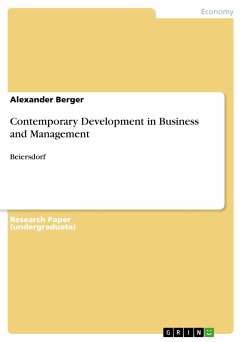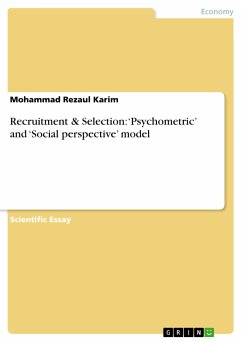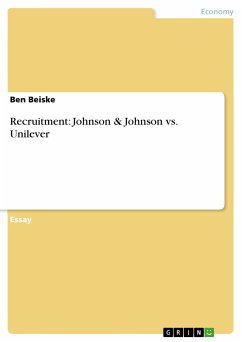Research Paper (undergraduate) from the year 2011 in the subject Leadership and Human Resources - Miscellaneous, grade: 80%, University of Sunderland, language: English, abstract: Many organizations agree that employee turnover is a costly problem. Therefore, managers try to find ways in order to retain their employees within the organization. However, mangers have to ask themselves if all turnovers are avoidable or if there are circumstances where it is unavoidable to retain employees. It would not make sense to invest money in retention if the chances to retain employees are rather small. In addition, it might be favourable for an organization if a low performer leaves the organization. Therefore, managers have to make distinction between functional and dysfunctional as well as unavoidable and avoidable turnovers in order to create strategies to retain people. Furthermore, they should contrast turnover cost and replacement cost and should find out which investment will give more value to the organization in the long-term. Nevertheless, there are organizations where a high turnover rate is not unusual. Furthermore,there are many business sectors where the labour market is limited and organizations must find new strategies to retain as well as recruit talented employees. Obviously, organizations differ from each other and have different resources to retain and recruit employees. Due to this, the best practise approach might not lead for all organizations to an positive outcome. Therefore, organisations must find out which approach fits best to their culture, business, etc. Furthermore, considering retaining managers must ask themself in what stage starts retaining. Does retention start at that time the employee starts his work or does retention start even earlier? Moreover, as organizations operate in fast changing environments they also have to consider that the people who live within these environments are also changing their needs and attitudes. Demographic factors force managers to review their retention policies. Efficient retention policies in the past might not lead to the same success as before. Last but not least, organizations have to offer incentives to their employees. There are lot of different incentives managers can use to retain employees within an organization as well as to motivate employees in order to guarantee a good overall performance in the future. However, the outcome of providing these incentives can be positive as well as negative, which managers certainly must take into consideration.
Bitte wählen Sie Ihr Anliegen aus.
Rechnungen
Retourenschein anfordern
Bestellstatus
Storno









